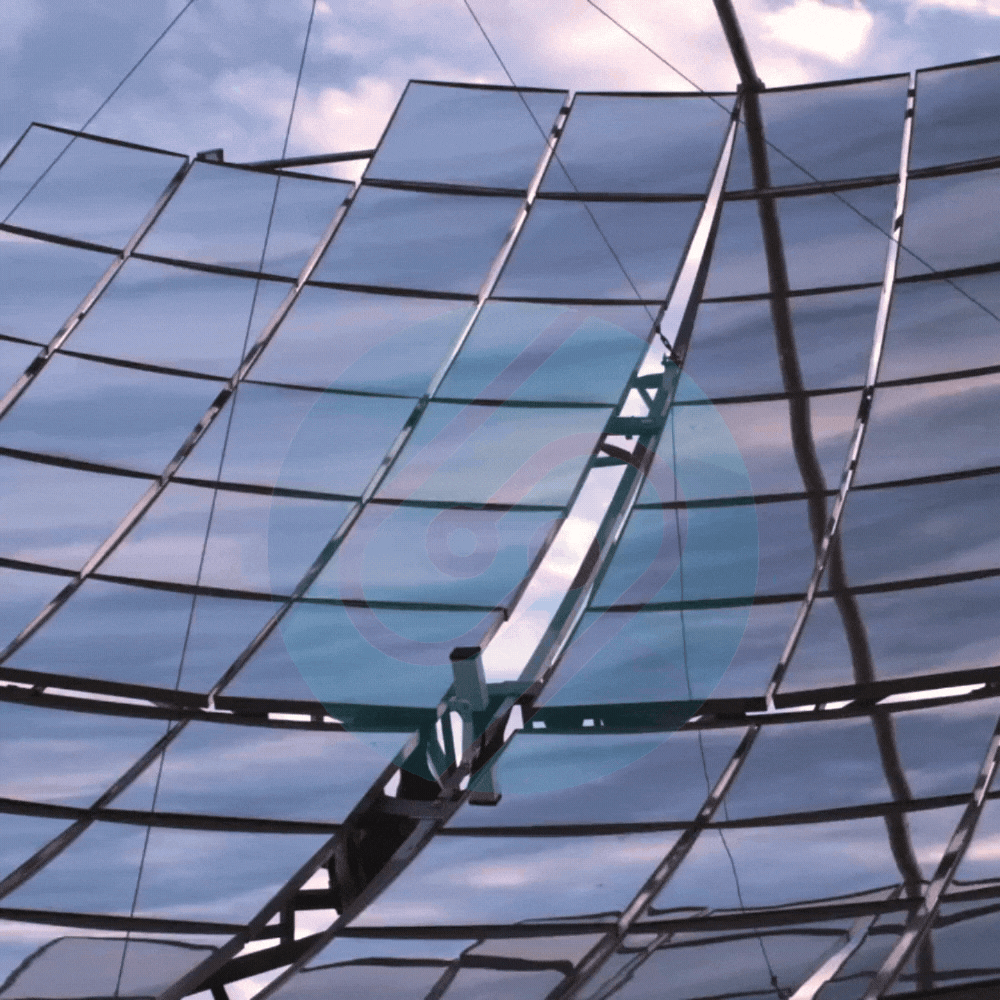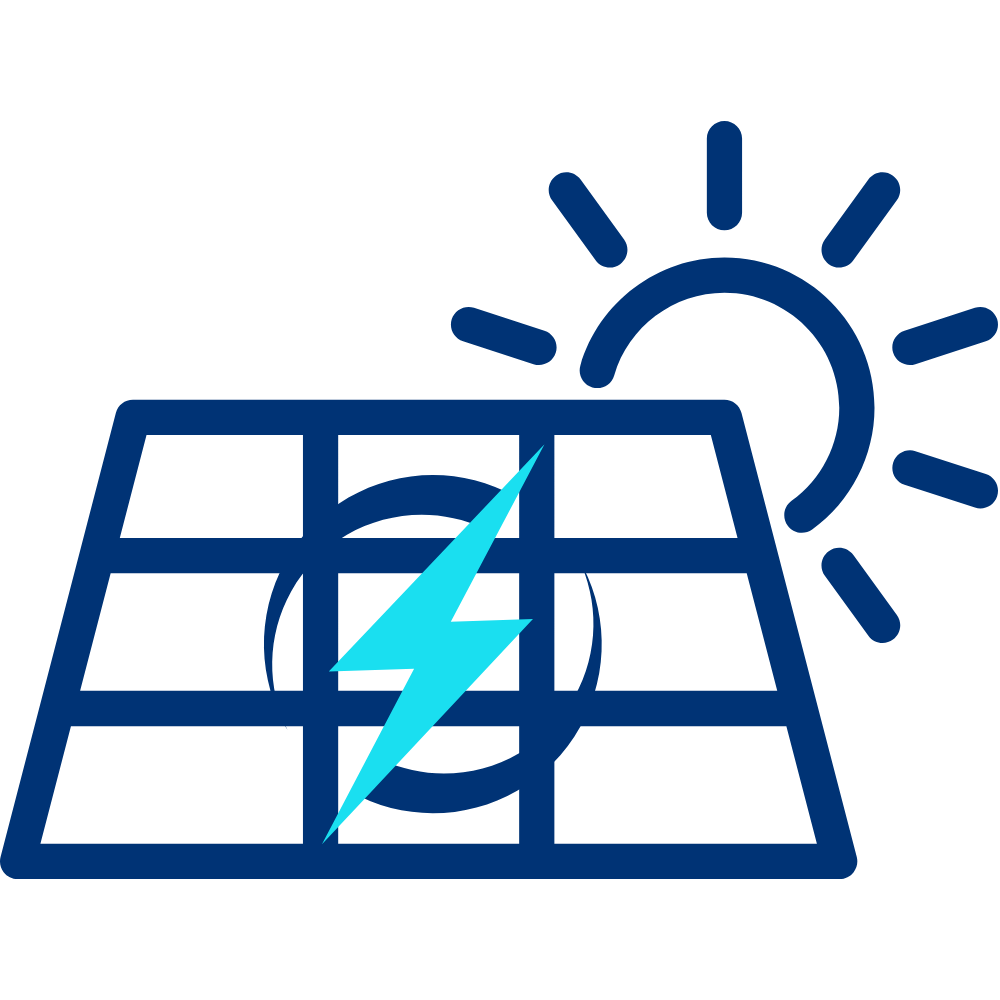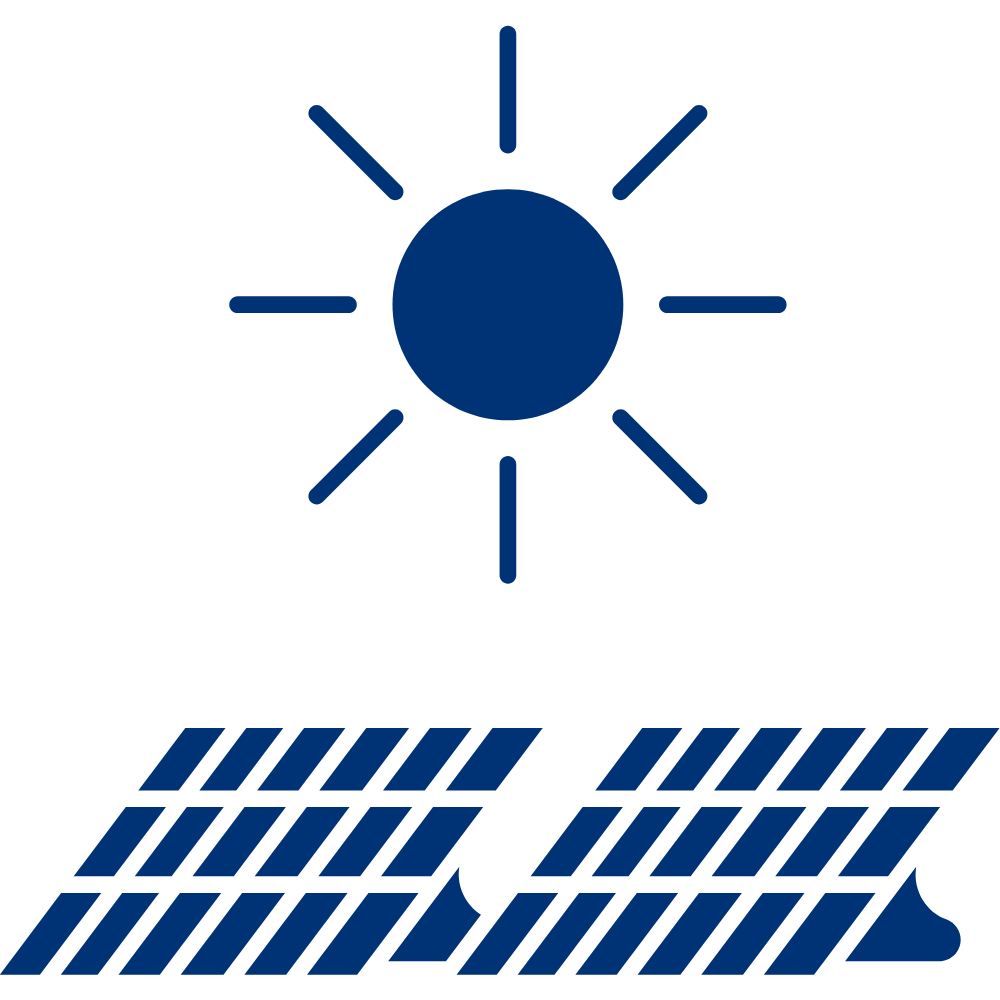SOLAR ENERGY
Did you know that the amount of sunlight hitting the Earth in just 90 minutes is enough to meet the planet’s energy needs for an entire year?
Solar power converts sunlight into electricity or heat, offering a sustainable solution to meet our growing energy demands. Technologies like photovoltaic (PV) panels, solar mirrors that focus sunlight, and thermal collectors are already helping to generate a significant portion of the world’s energy, all while supporting environmentally friendly growth.




